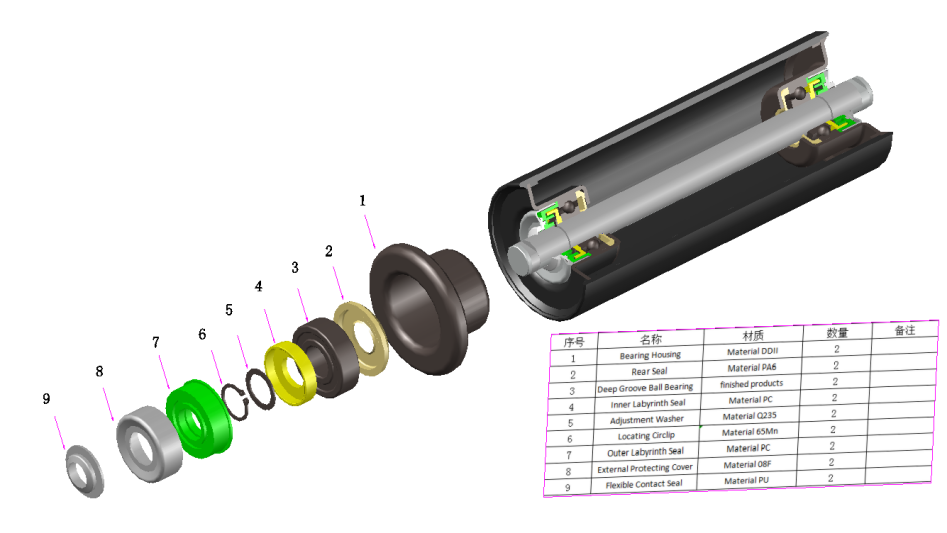 Afrikaans
Afrikaans  Albanian
Albanian  Amharic
Amharic  Arabic
Arabic  Armenian
Armenian  Azerbaijani
Azerbaijani  Basque
Basque  Belarusian
Belarusian  Bengali
Bengali  Bosnian
Bosnian  Bulgarian
Bulgarian  Catalan
Catalan  Cebuano
Cebuano  Corsican
Corsican  Croatian
Croatian  Czech
Czech  Danish
Danish  Dutch
Dutch  English
English  Esperanto
Esperanto  Estonian
Estonian  Finnish
Finnish  French
French  Frisian
Frisian  Galician
Galician  Georgian
Georgian  German
German  Greek
Greek  Gujarati
Gujarati  Haitian Creole
Haitian Creole  hausa
hausa  hawaiian
hawaiian  Hebrew
Hebrew  Hindi
Hindi  Miao
Miao  Hungarian
Hungarian  Icelandic
Icelandic  igbo
igbo  Indonesian
Indonesian  irish
irish  Italian
Italian  Japanese
Japanese  Javanese
Javanese  Kannada
Kannada  kazakh
kazakh  Khmer
Khmer  Rwandese
Rwandese  Korean
Korean  Kurdish
Kurdish  Kyrgyz
Kyrgyz  Lao
Lao  Latin
Latin  Latvian
Latvian  Lithuanian
Lithuanian  Luxembourgish
Luxembourgish  Macedonian
Macedonian  Malgashi
Malgashi  Malay
Malay  Malayalam
Malayalam  Maltese
Maltese  Maori
Maori  Marathi
Marathi  Mongolian
Mongolian  Myanmar
Myanmar  Nepali
Nepali  Norwegian
Norwegian  Norwegian
Norwegian  Occitan
Occitan  Pashto
Pashto  Persian
Persian  Polish
Polish  Portuguese
Portuguese  Punjabi
Punjabi  Romanian
Romanian  Russian
Russian  Samoan
Samoan  Scottish Gaelic
Scottish Gaelic  Serbian
Serbian  Sesotho
Sesotho  Shona
Shona  Sindhi
Sindhi  Sinhala
Sinhala  Slovak
Slovak  Slovenian
Slovenian  Somali
Somali  Spanish
Spanish  Sundanese
Sundanese  Swahili
Swahili  Swedish
Swedish  Tagalog
Tagalog  Tajik
Tajik  Tamil
Tamil  Tatar
Tatar  Telugu
Telugu  Thai
Thai  Turkish
Turkish  Turkmen
Turkmen  Ukrainian
Ukrainian  Urdu
Urdu  Uighur
Uighur  Uzbek
Uzbek  Vietnamese
Vietnamese  Welsh
Welsh  Bantu
Bantu  Yiddish
Yiddish  Yoruba
Yoruba  Zulu
Zulu Alternative Solutions for Conveyor Drum Design and Performance Optimization
Understanding Conveyor Drums The Backbone of Material Handling Systems
Conveyor drums are essential components in the field of material handling, playing a pivotal role in the efficient movement of goods across various industries. These cylindrical structures serve as the driving force in conveyor systems, aiding in the transportation of materials ranging from light packages to heavy bulk items. This article delves into the function, design, and significance of conveyor drums in industrial operations.
What Are Conveyor Drums?
Conveyor drums, often referred to as pulleys, are larger cylindrical units that are designed to drive or guide conveyor belts. They are typically mounted on the ends of conveyor systems and consist of a cylindrical core, which is often made of steel or a composite material, and a rubber or other surface treatment that provides traction. There are two main types of conveyor drums drive drums and return drums. Drive drums propel the conveyor belt forward, while return drums help in repositioning the belt to its starting point in a continuous loop.
Functionality of Conveyor Drums
The primary function of a conveyor drum is to facilitate the movement of conveyor belts. As the drum rotates, it engages the belt, transferring power through friction. This rotation is usually driven by an electric motor connected via a system of gears or chains. The design of the drum, including its diameter and surface texture, affects the efficiency and speed of material transport. Larger drums, for example, can move heavier loads quickly, which is crucial for industries such as mining, food processing, and manufacturing.
conveyor drum

Furthermore, conveyor drums can be equipped with various features that enhance their functionality. For instance, crowned drums, which have a slight taper towards the center, help in self-aligning the conveyor belt, reducing wear and tear and ensuring smooth operation. Additionally, lagging—applying a layer of material like rubber to the drum surface—not only increases friction but also protects the drum and enhances its lifespan.
Importance in Industrial Operations
Conveyor drums are vital for maintaining operational efficiency and safety in material handling. These systems reduce the need for manual labor, minimizing the risk of injuries associated with lifting heavy items. With their ability to transport large quantities of materials quickly, they significantly increase productivity. Industries that rely heavily on conveyor systems include food and beverage, automotive, pharmaceutical, and mining.
Moreover, the integration of advanced technologies in conveyor drum design has led to improvements in energy efficiency and maintenance. Modern conveyor systems often feature sensors and smart monitoring systems that can provide real-time data on the performance of the drums. This information allows for predictive maintenance, reducing downtime and ensuring that the system runs smoothly.
Conclusion
In conclusion, conveyor drums are integral components of modern material handling systems, providing the necessary functionality to transport goods efficiently across various industries. Their design and operation have a direct impact on the performance and safety of conveyor systems. As industries continue to evolve and seek innovative solutions for efficiency and productivity, understanding and optimizing the role of conveyor drums will remain crucial in the quest for streamlined operations. Whether in a manufacturing plant or a distribution center, the reliability and effectiveness of conveyor drums will continue to be at the forefront of material handling technology.
-
Revolutionizing Conveyor Reliability with Advanced Rubber Lagging PulleysNewsJul.22,2025
-
Powering Precision and Durability with Expert Manufacturers of Conveyor ComponentsNewsJul.22,2025
-
Optimizing Conveyor Systems with Advanced Conveyor AccessoriesNewsJul.22,2025
-
Maximize Conveyor Efficiency with Quality Conveyor Idler PulleysNewsJul.22,2025
-
Future-Proof Your Conveyor System with High-Performance Polyurethane RollerNewsJul.22,2025
-
Driving Efficiency Forward with Quality Idlers and RollersNewsJul.22,2025





























